Disclosure: This article contains affiliate links. We may earn a commission from purchases at no extra cost to you, which helps our travel content.
Shanghai's retail landscape mirrors its architectural skyline – a mesmerizing blend of sleek modernity and rich tradition. As someone who's traversed the globe chasing both business opportunities and bass drops, I've developed a sixth sense for cities with distinct shopping personalities. Shanghai absolutely delivers with its perfect fusion of East-meets-West consumerism. During my recent week-long autumn adventure with my partner and our toddler in tow, I discovered that this metropolis offers retail therapy for every style hunter – from luxury-brand devotees to vintage treasure seekers. Whether you're assembling a new professional wardrobe, hunting for unique souvenirs, or simply window shopping between cultural experiences, Shanghai's diverse commercial ecosystem provides an intriguing glimpse into China's evolving relationship with global and local consumer culture.
Navigating Shanghai's Luxury Mall Scene
If high-end retail therapy is your love language, Shanghai speaks it fluently. The city's luxury mall scene rivals global fashion capitals like Paris and Milan, but with a distinctly Chinese interpretation that makes for a fascinating shopping experience.
My first stop was always going to be Nanjing Road – Shanghai's equivalent to Fifth Avenue. The pedestrianized eastern section buzzes with energy as locals and tourists alike flow between department stores and flagship boutiques. However, for a more curated luxury experience, I found myself gravitating toward the sleek confines of Plaza 66 (or Henglong Plaza to locals). This temple to high fashion houses everything from Chanel to Louis Vuitton across its gleaming marble floors.
What surprised me most was how Shanghai's luxury malls transcend mere shopping to become lifestyle destinations. Take IAPM Mall on Huaihai Road – it stays open until midnight to accommodate the city's night owls, features incredible dining options, and hosts regular cultural events. During our visit, we stumbled upon a fascinating exhibition of contemporary Chinese fashion designers on the top floor.
The IFC Mall in Pudong deserves special mention not just for its impressive brand roster but for its thoughtful family amenities. After years of navigating retail spaces with a stroller, I've developed a deep appreciation for well-designed family rooms, and IFC's facilities are immaculate. My partner could enjoy browsing while I took our little one for a diaper change without the usual stress.
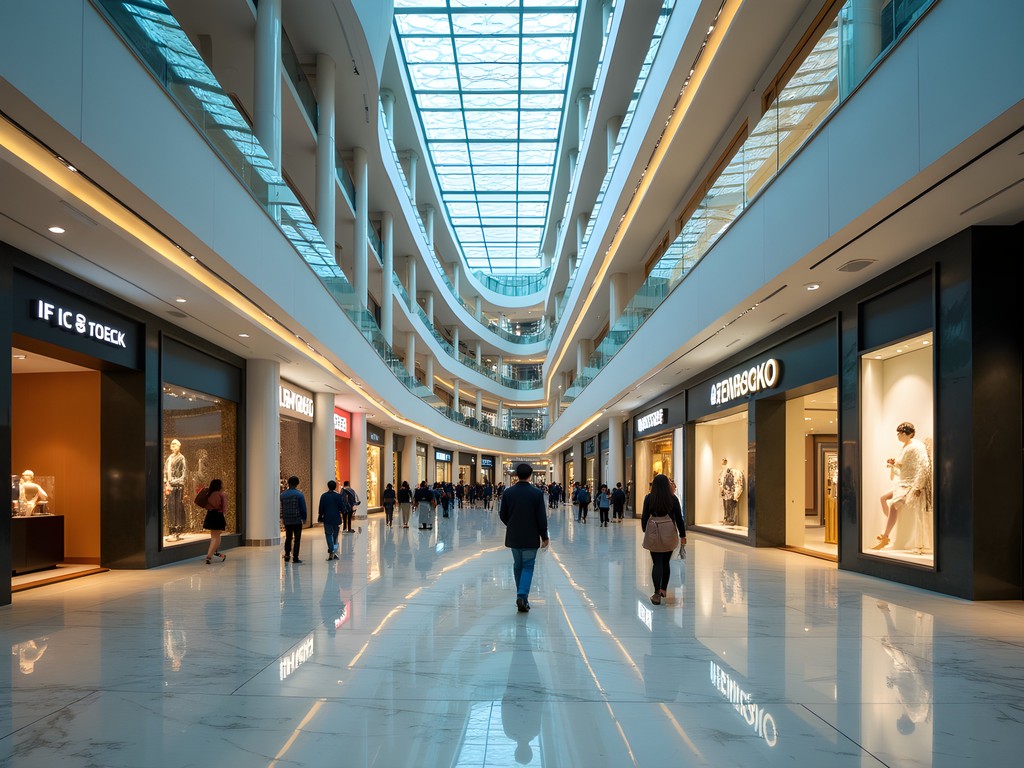
💡 Pro Tips
- Visit luxury malls on weekdays before noon to avoid crowds and receive more personalized service
- Download the individual mall apps for special promotions only available digitally
- Look for VAT refund services at major malls if your purchases qualify
Tianzifang: Where Creativity Meets Commerce
After the polished perfection of Shanghai's luxury malls, I was craving something with more character and local flavor. Enter Tianzifang – a labyrinthine network of narrow lanes and shikumen (stone gate) houses in the former French Concession that has been transformed into a haven for independent designers, artisans, and cafés.
What makes Tianzifang special is how it preserves Shanghai's architectural heritage while giving it new purpose. Unlike purpose-built tourist traps, this area evolved organically as artists and designers gradually moved into the historic neighborhood. The result is an authentic creative district where you can shop for everything from handcrafted jewelry to avant-garde clothing while getting a glimpse into traditional Shanghai lane house living.
As we navigated the narrow alleyways with our little one (thankfully in a carrier rather than a stroller), I found myself drawn to shops like Woo, which specializes in contemporary interpretations of traditional Chinese crafts. My finance brain couldn't help but appreciate how these businesses were innovating within tradition – exactly the kind of cultural entrepreneurship I look for when evaluating music tech startups.
For those interested in fashion photography, I brought my travel camera which proved perfect for capturing the interplay of traditional architecture and modern design in the narrow lanes. The compact size made it easy to navigate the crowded passages while still getting professional-quality shots.
After several hours of exploration, we settled into one of Tianzifang's charming cafés where the barista created latte art featuring our toddler's name – a perfect Instagram moment that exemplifies Shanghai's talent for personalized experiences.
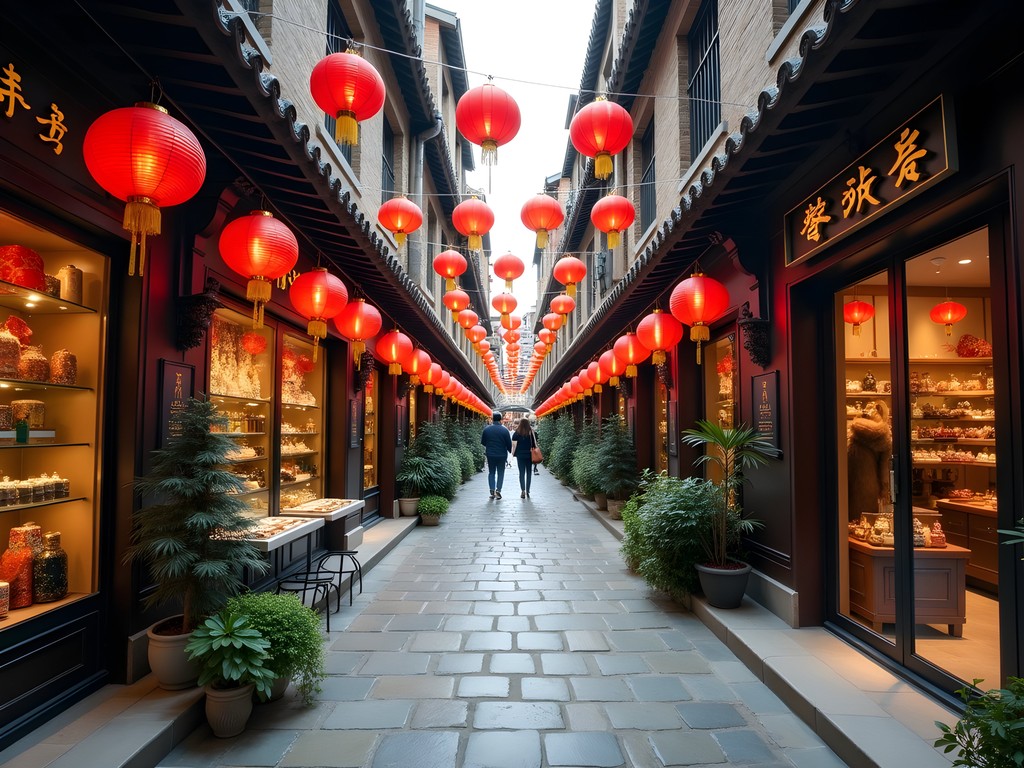
💡 Pro Tips
- Visit on weekday mornings to avoid the weekend crowds that can make the narrow lanes nearly impassable
- Bring cash as many smaller shops don't accept foreign credit cards
- Look for shops in the back alleys where prices tend to be more reasonable than those on the main drags
Fabric Heaven: South Bund Fabric Market
For someone who appreciates both quality and value, Shanghai's South Bund Fabric Market (officially called the Shanghai South Bund Soft-Spinning Material Market) is nothing short of miraculous. This three-story building houses hundreds of fabric vendors and tailors who can transform your fashion vision into reality within days – sometimes even hours.
As someone who regularly needs to transition between boardroom meetings and music venues, I've always struggled to find pieces that work for both worlds. The fabric market solved this dilemma beautifully. I arrived with inspiration photos saved on my phone and measurements taken in advance (pro tip!). Within minutes, I was selecting from premium wools, silks, and cottons for a custom-made blazer that would look appropriate in VC meetings yet stylish enough for Barcelona's music scene.
Navigating the market requires strategy. The ground floor tends to be more expensive as it catches tourists first, while the upper floors offer better deals. Don't be afraid to negotiate – it's expected. I typically start at 40% of the initial asking price and settle around 60-70%. My Mandarin is limited to greeting basics, but I found most vendors had enough English to discuss designs, and translation apps handled the rest.
For keeping track of all my tailoring appointments and fittings, my travel journal became indispensable. I could jot down stall numbers, fitting times, and negotiated prices to stay organized throughout the process.
The true highlight was having my partner and child's measurements with me, allowing me to commission matching festival outfits for our next family music adventure. The tailor even incorporated fabric scraps into a tiny stuffed dragon for our toddler – a touching gesture that exemplified the personal connections possible when shopping directly from craftspeople.
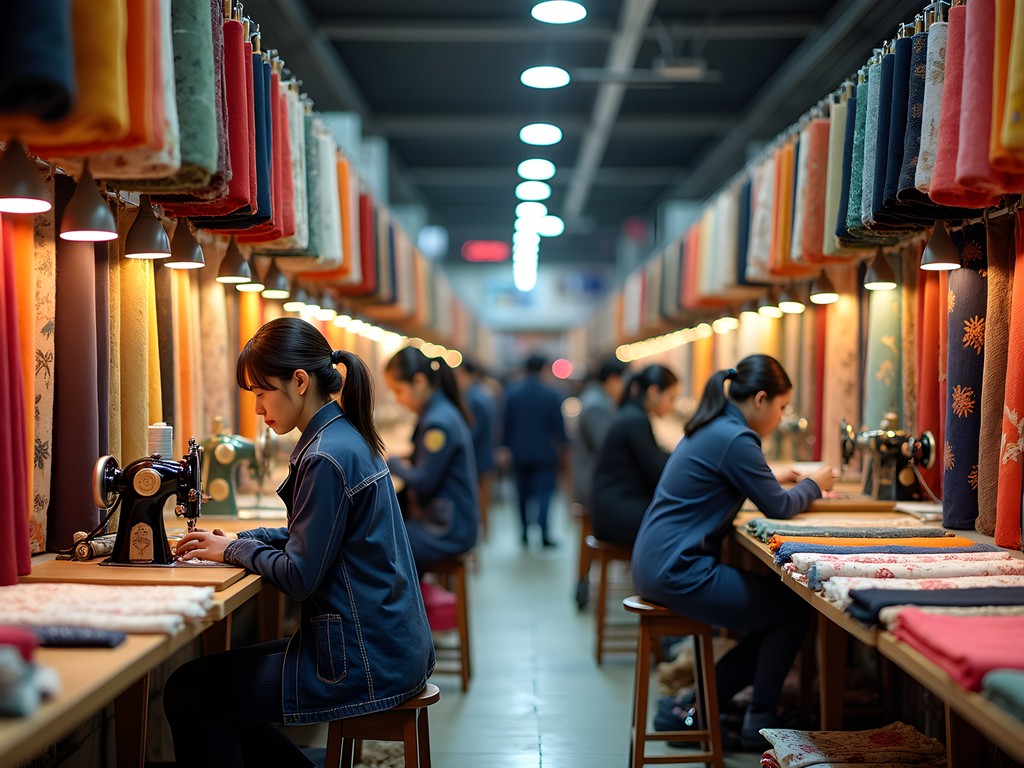
💡 Pro Tips
- Bring photos of designs you like – visual references transcend language barriers
- Allow time for at least one fitting before final pickup – ideally schedule tailoring early in your trip
- Take business cards from tailors you like for future remote orders – many will ship internationally
Vintage Treasures: Dongtai Road and Beyond
While Shanghai races toward the future, pockets of the city still honor its storied past through vintage markets and antique shops. As someone who's spent countless hours crate-digging for vinyl records in cities worldwide, I have a special appreciation for the hunt for one-of-a-kind treasures.
Though the famous Dongtai Road Antique Market has officially closed, its spirit lives on in the scattered vendors who have relocated to various spots around the city. One cluster can be found near Laoximen metro station, where sellers display everything from Cultural Revolution-era propaganda posters to delicate porcelain. My background in finance makes me naturally skeptical about authenticity, so I approach these markets primarily for interesting reproductions and conversation pieces rather than investment-grade antiques.
For more curated vintage finds, I discovered a hidden gem in Fengsheng Li, a renovated lane house complex where several shops specialize in mid-century furniture and accessories. As an electronic music enthusiast, I was thrilled to find a shop selling refurbished vintage radios and audio equipment from the 1960s and 70s – including some rare Chinese-made models I'd never seen before.
Navigating these markets with a child requires preparation. I made sure to bring our baby carrier which proved invaluable for keeping our little one secure while browsing crowded stalls where a stroller would be impossible to maneuver.
The most memorable find was a hand-painted shadow puppet made of translucent animal hide – a traditional art form that's increasingly rare. The elderly craftsman demonstrated how to use it, delighting our toddler and creating a magical moment of cross-generational cultural exchange. This is exactly the kind of authentic experience I'm always seeking to share with my family, proving that parenthood and cultural immersion can indeed coexist beautifully.
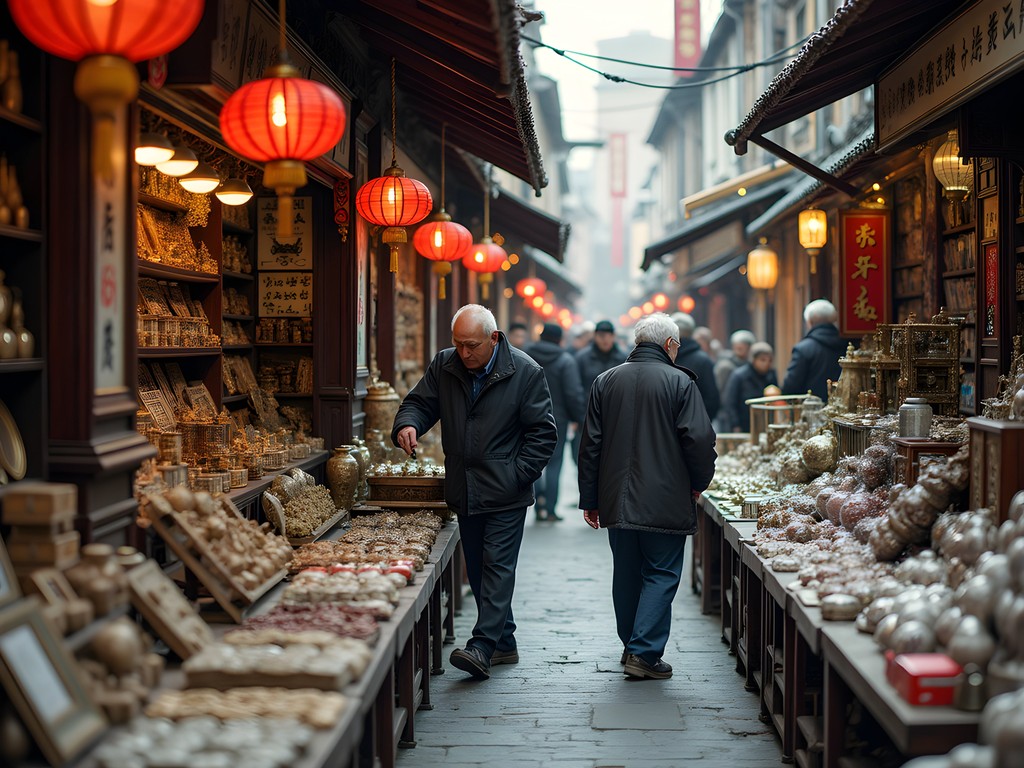
💡 Pro Tips
- Bring small denominations of cash and be prepared to negotiate
- For serious antique shopping, consider hiring a guide who can help authenticate items and negotiate
- Take photos (with permission) before purchasing to research items online if you're unsure about value
Tech Paradise: Electronics Markets
Given my dual interests in venture capital and music technology, no shopping trip to Shanghai would be complete without diving into its famous electronics markets. While the infamous Xujiahui Electronics Market has evolved in recent years, Shanghai still offers incredible resources for tech enthusiasts.
The Huaqiangbei Digital Plaza near People's Square has become my go-to recommendation for anyone interested in consumer electronics, audio equipment, or photography gear. Unlike the luxury malls or tourist markets, these multi-story complexes cater primarily to locals, which means better prices and more authentic experiences. The selection of audio equipment particularly impressed me – from high-end headphones to specialized DJ equipment at prices significantly lower than in the US.
As someone who evaluates music tech startups professionally, I found fascinating insights by observing which products were trending in the local market. Shanghai often serves as a preview of what might become popular in Western markets months later. During this visit, I noticed a surge in portable audio production tools designed for smartphone integration – exactly the kind of cross-platform innovation our firm has been tracking.
For serious tech shopping, I recommend bringing a portable charger as negotiations and price comparisons can drain your phone battery quickly. This high-capacity model kept both my phone and tablet powered throughout long shopping days.
Navigating these markets with a child added an unexpected dimension to the experience. Vendors who might have initially approached with hard-sell tactics softened immediately upon seeing our toddler, often offering small gifts or demonstrations specifically to entertain the little one. It created natural opportunities for more relaxed interactions and, surprisingly, better deals.
The highlight was finding a small shop specializing in music production equipment where the owner, upon learning about my background, invited us to a underground electronic music event happening that weekend. This perfectly encapsulates what I love about shopping in Shanghai – it's never just about the transaction but about the connections and experiences that emerge organically.

💡 Pro Tips
- Research current prices online before shopping so you know what constitutes a good deal
- Test everything thoroughly before purchasing – returns are often complicated or impossible
- Look for shops that offer tax refunds for foreign visitors on larger purchases
Final Thoughts
Shanghai's shopping landscape is as diverse and dynamic as the city itself – a perfect reflection of China's complex relationship with tradition and modernity. From custom-tailored fashion to vintage treasures and cutting-edge technology, the city offers retail experiences that go far beyond mere consumption to become windows into Chinese culture. As a parent who refuses to compromise on cultural immersion, I found Shanghai remarkably accommodating for family shopping adventures, with many unexpected moments of connection facilitated by having our child along. Whether you're seeking luxury brands, unique souvenirs, or specialized equipment, Shanghai rewards those willing to venture beyond the obvious and embrace the art of discovery. The next time you find yourself in this magnificent metropolis, set aside your shopping list and follow your curiosity instead – the most valuable finds are often the ones you never knew you were looking for.
✨ Key Takeaways
- Shanghai offers diverse shopping experiences across all price points and interests
- Family shopping is surprisingly manageable with proper preparation and the right gear
- The most authentic experiences often happen in markets catering to locals rather than tourists
- Shopping in Shanghai provides cultural insights that go far beyond the purchases themselves
📋 Practical Information
Best Time to Visit
Fall (September-November)
Budget Estimate
$100-200 per day excluding major purchases
Recommended Duration
5-7 days
Difficulty Level
Moderate


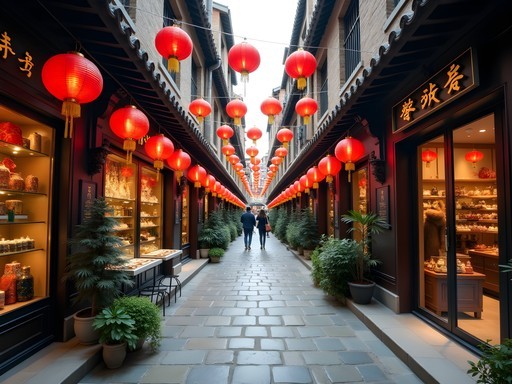
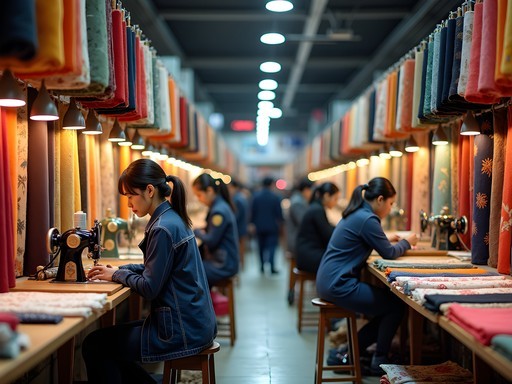
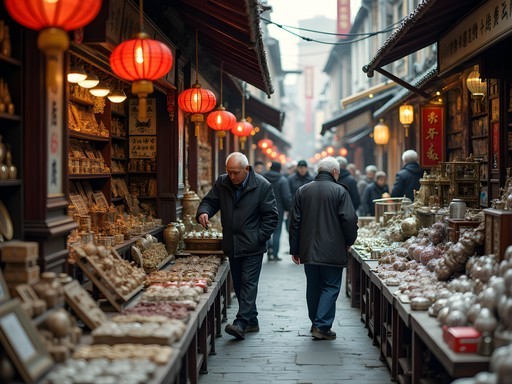
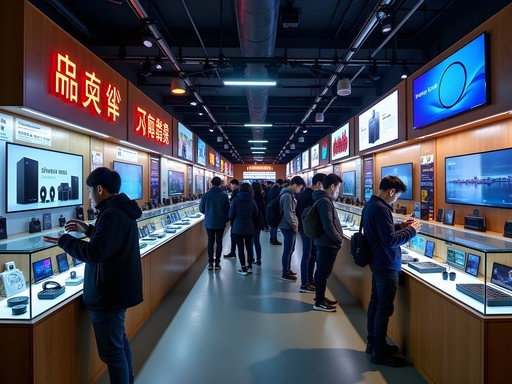



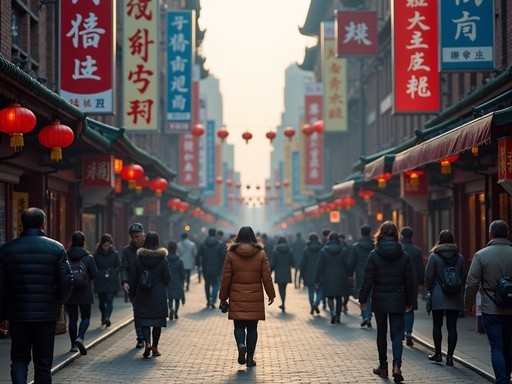

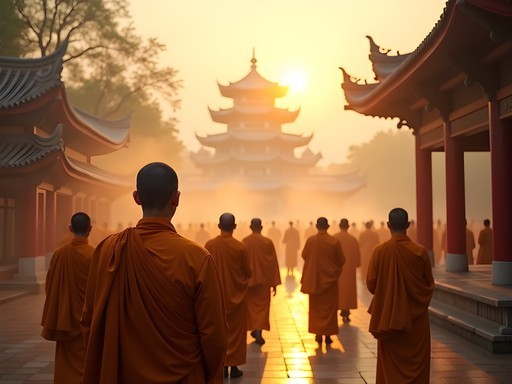

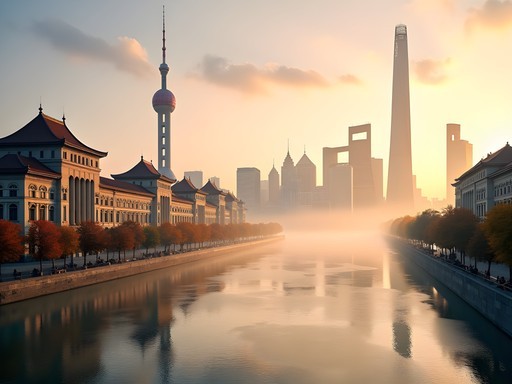
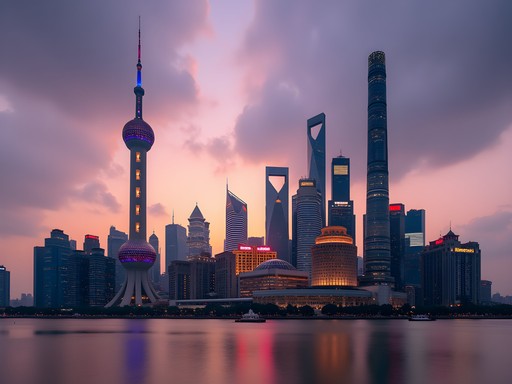
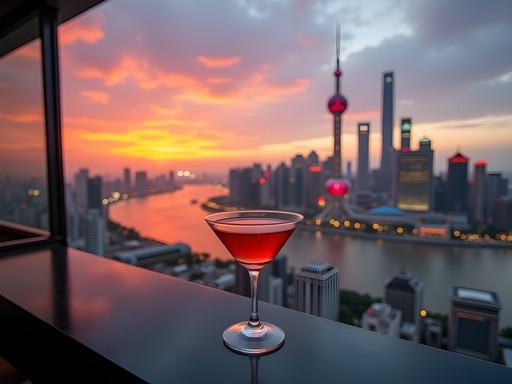
Comments
greenwalker
How safe is it carrying cash for shopping in the markets? Should I be concerned?
Ahmed Palmer
I've never had issues in Shanghai markets. Just use common sense - front pocket, crossbody bag, etc. It's generally very safe, but crowded places are crowded places anywhere in the world.
wandergal
Love the contrast between luxury malls and traditional markets! That's what makes Shanghai special.
moonstar
Just got back from Shanghai and wish I'd had this guide! We stumbled into Tianzifang by accident and it was the highlight of our trip. Got lost for hours in those tiny lanes. The mix of boutiques and traditional crafts is amazing. One thing I'd add - check out the AP Plaza underground market near the Science & Technology Museum subway stop. Tons of knockoffs but also some genuine bargains if you know what to look for. I use my travel wallet there to keep things organized since it gets hectic!
photomaster
Great post! Is Dongtai Road good for camera equipment? Looking for vintage lenses when I visit.
journeyguide
I found some cool film cameras there last year, but quality varies. Check everything thoroughly before buying!
Olivia Sanchez
Samantha, you nailed it with Tianzifang! I spent three days getting lost in those alleyways last spring. Found this tiny shop selling hand-painted silk scarves that became my favorite souvenirs. The contrast between those heritage lanes and the glossy malls on Nanjing Road is what makes Shanghai shopping so special. One tip for readers: bring cash for the smaller shops, and don't be afraid to practice your bargaining skills at the fabric market! They expect it.
moonstar
Olivia, any specific bargaining tips for the fabric market? I'm terrible at haggling but want to get some custom clothes made!
Olivia Sanchez
Start at 30% of their first price and work up from there. Walk away once if needed - they'll usually call you back with a better offer! And bring photos of what you want made.
wanderfan
This guide is EXACTLY what I needed! Heading to Shanghai next month and shopping is top of my list. The South Bund Fabric Market sounds incredible!
dreamace
Been to Shanghai 5 times and still discovering new shopping spots! If you're into vintage cameras and electronics, check out the little shops around Xujiahui. Not as famous as the places in your guide but I found some amazing film cameras there last time. Also, the marriage market at People's Park on weekends is fascinating to visit - not for shopping but for culture watching!
Fatima Sims
Your post brought back so many memories, Samantha! Last year, I got completely lost in the labyrinthine alleys of Tianzifang and ended up discovering a tiny workshop where an elderly craftsman was making traditional shadow puppets. He invited me in for tea and despite our language barrier, spent an hour showing me his craft. I left with a beautiful handmade piece that's now my favorite souvenir. For anyone visiting, don't just focus on the shopping - the architecture in the French Concession area surrounding Tianzifang tells its own fascinating story of Shanghai's complex history. And the street food you'll find around the markets is half the experience!
skymaster
That shadow puppet experience sounds magical! Do you remember roughly where in Tianzifang this workshop was? Would love to find it on my next trip.
Fatima Sims
It was down one of the narrower alleys off the main drag - look for a red door with brass accents near a small courtyard with a stone bench. The shop had no English signage, just traditional characters. If you show locals a picture of shadow puppets, they might be able to point you in the right direction!
photobuddy
Those pics of the fabric market are STUNNING! All the colors and textures make me want to book a flight right now! 😍
Timothy Jenkins
Brilliant guide, Samantha! Having spent considerable time in Shanghai for my own blog research, I'd add that the Qipu Lu Clothing Market is another fascinating option for budget shoppers willing to brave the chaos. It's essentially a massive indoor warren of small vendors selling everything from casual wear to formal attire at rock-bottom prices. For vintage enthusiasts, I'd also recommend checking out Fuxing Park's weekend antique market. While many items are reproductions (seller claims of "genuine Cultural Revolution artifacts" should be taken with skepticism), there are occasional authentic treasures to be found if you have a discerning eye. I use my pocket translator for haggling, which has saved me countless yuan!
Venture X
Premium card with 2X miles, $300 travel credit, Priority Pass